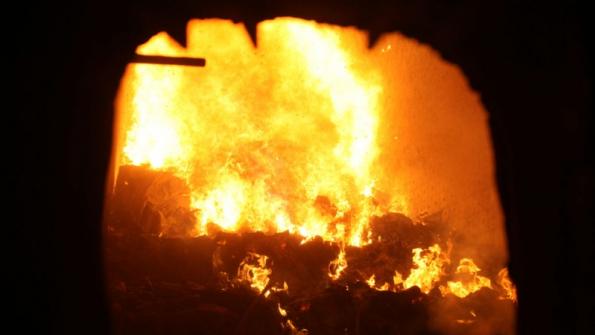Sweden has long been at the forefront of sustainability and environmental innovation, and its waste management practices are no exception. In recent years, the country has become a global leader in waste-to-energy solutions, particularly through its impressive incineration plants. These facilities have transformed the way we think about waste, turning what was once considered trash into valuable energy resources.
Sweden’s commitment to waste-to-energy solutions is rooted in its desire to reduce landfill reliance and tackle the global issue of waste management. With limited space for landfills and a growing population, the country has had to find alternative solutions to deal with its waste. This has led to the development of a sophisticated waste-to-energy infrastructure, with incineration plants at the center of it.
So, how do these incineration plants work? Essentially, they involve burning waste to generate heat, which is then used to produce electricity and heat for homes and businesses. The process is not only environmentally friendly, but it also helps to reduce the country’s reliance on fossil fuels, making it a win-win for both waste management and energy production.
One of the key benefits of Sweden’s waste-to-energy solutions is the reduction of greenhouse gas emissions. By incinerating waste, the country has significantly decreased the amount of methane released from landfills, a potent greenhouse gas that contributes to climate change. In fact, Sweden’s waste-to-energy plants have been praised for their contribution to reducing carbon emissions and combating climate change.
Furthermore, the incineration process in Sweden is highly efficient, with advanced technologies ensuring that almost all of the energy from the waste is recovered. This means that not only is waste being disposed of in a sustainable manner, but it is also being transformed into a valuable energy resource. As a result, Sweden’s incineration plants have become an important part of the country’s renewable energy portfolio.
It’s worth noting that Sweden’s waste-to-energy success has not been without its challenges. Critics have raised concerns about the potential environmental impact of incineration, particularly in relation to air emissions and the release of toxins. However, the country has been proactive in addressing these concerns, implementing strict regulations and investing in cutting-edge technologies to minimize the environmental impact of its incineration plants.
Sweden’s waste-to-energy model has also caught the attention of other countries looking for sustainable waste management solutions. The success of Sweden’s incineration plants serves as a shining example of how waste can be transformed from a problem to a resource, inspiring others to explore similar approaches to waste management.
In conclusion, Sweden’s incineration plants are leading the way in waste-to-energy solutions, demonstrating how a sustainable approach to waste management can also be a valuable source of energy. With its commitment to innovation and environmental stewardship, Sweden is setting an example for the rest of the world, showing that it is possible to turn trash into treasure.



